Maximizing yield in fish farming operations is essential for ensuring sustainability, profitability, and food security. Effective management practices can significantly enhance production efficiency while minimizing environmental impacts. One of the foundational practices for achieving high yields is the selection of appropriate fish species. Farmers should choose species that are well-suited to their local conditions and market demands, ensuring a balance between hardiness and profitability. Additionally, understanding the biology and behavior of selected species helps in optimizing growth conditions and feeding strategies. Water quality management is another critical component of maximizing yield in fish farming. Regular monitoring of parameters such as temperature, pH, dissolved oxygen, and ammonia levels is essential. These factors directly affect fish health and growth rates. Implementing filtration systems and aeration can enhance water quality, creating a more conducive environment for fish development. Regular health assessments and vaccinations can help manage potential health risks, reducing losses and enhancing overall yield.
The development of nutritionally balanced feed that meets the specific needs of the fish species is essential. High-quality feed enhances growth rates and feed conversion ratios, leading to better yields. Farmers should adopt feeding strategies that are tailored to the life stage and dietary requirements of the fish. Implementing techniques such as precision feeding, where feed is provided based on fish biomass and behavior, can significantly reduce waste and improve feed efficiency. Sustainable practices are increasingly important in maximizing yields while protecting the environment. Integrated aquaculture, which combines fish farming with other agricultural practices, can enhance nutrient recycling and reduce reliance on external inputs. For example, using fish waste as fertilizer for crops can create a symbiotic relationship, benefiting both farming sectors. Additionally, adopting practices such as polyculture in a fish farming business, where multiple species are raised together, can optimize resource use and improve overall system resilience.
Investing in technology and innovation can also boost operational efficiency in hiseadock. Automated systems for feeding, monitoring, and maintaining water quality can help reduce labor costs and human error. Data analytics can provide insights into growth patterns, enabling farmers to make informed decisions regarding management practices. Embracing advancements such as selective breeding and genetic improvement can further enhance growth rates and disease resistance, contributing to higher yields. Finally, continuous education and training for fish farmers are crucial for adopting best practices. Access to information about emerging trends, technologies, and methods can empower farmers to make better decisions. Participation in workshops, training sessions, and online courses can facilitate knowledge sharing and promote the adoption of innovative practices. By focusing on these areas, fish farmers can maximize yields, ensuring a sustainable and profitable operation while contributing to global food security.
